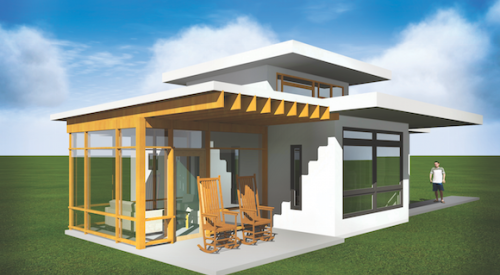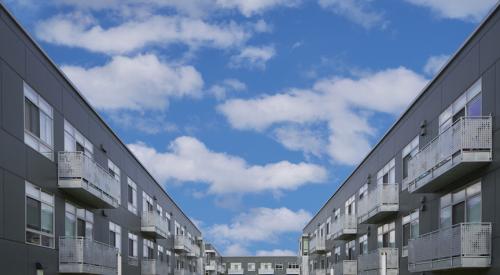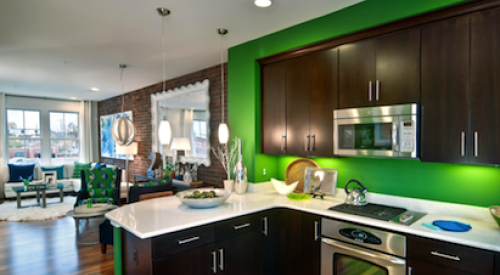Tiny homes are a trend that is growing exponentially in popularity. Like cupcakes before them, tiny homes have become the darlings of reality TV where they are heralded as the best alternative to purchasing a more traditional home (something that is becoming more and more difficult for people around the country to do). While tiny homes sacrifice space, luxury doesn’t necessarily need to be part of the compromise.
Granite countertops, wood or bamboo floors, stainless steel appliances, and a washer/dryer combo can all be included in a tiny house while the price remains under $80,000. An unfurnished house will be even cheaper, typically ranging from about $12,000 to $22,000. For many who are willing to sacrifice a little (or a lot of) space to save money, tiny house living may seem like a dream come true.
But if the driving force behind the tiny home trend is affordability, vox.com has some bad news for you; the premise of affordability is a fantasy. It isn’t necessarily the house that is expensive, but the land the house is built on that can jack up the costs faster than you can say ‘Tiny home.’ And the more desirable city or neighborhood people find themselves in, the more expensive the land will be.
Even if it became legal to buy an ordinary parking space, park a tiny house in it, and live there, it still wouldn’t be possible for many people. In Washington, D.C., parking spots can cost up to $35,000, in San Francisco they can cost $100,000, and New York has a few spots for $1 million. That tiny home doesn’t look so affordable now.
Part of the problem is the inefficiency of tiny homes; tiny homes do not help density at all. Even if someone has a plot of land to put their newly purchased tiny home on, it is just about the most inefficient use of that land possible. Creating more affordable housing wouldn’t come from switching to tiny homes, it would come from putting up a residential skyscraper with hundreds of apartments inside, some or all of which could be microunits.
A microunit is to apartments what tiny homes are to houses. Microunits are already popular in places like New York City and San Francisco and, with some measuring less than 200-square feet, actually offer the space saving and affordability tiny homes strive for.











